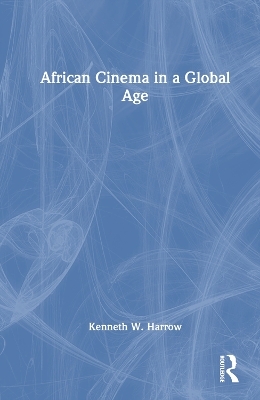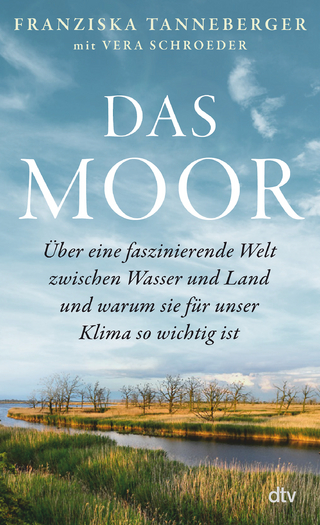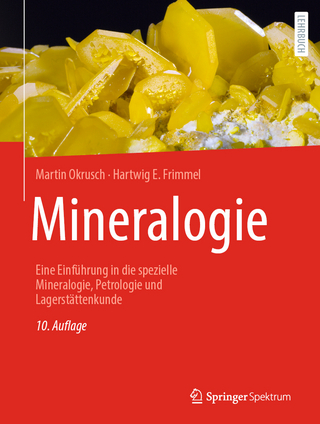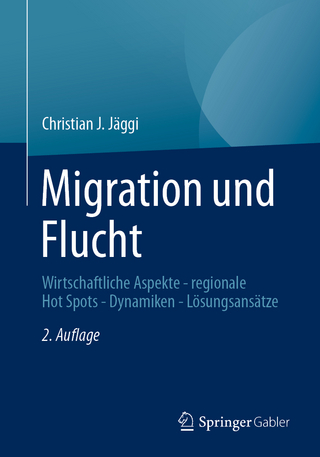
African Cinema in a Global Age
Routledge (Verlag)
978-1-032-50252-6 (ISBN)
Kenneth W. Harrow explores how, from the time video and then digital technologies were introduced in the 1990s, and then again, when streaming platforms assumed major roles in producing and distributing film between the 2010s and 2020s, African cinema underwent enormous changes. He highlights how the introduction of the continent’s first successful commercial cinema, Nollywood, shifted the focus from engagé films, with social or political messages, to entertainment movies, but also auteur cinema. Harrow explores how this transformation liberated African filmmakers and resulted in an incredible, enduring flow of creative, inventive, and thoughtful filmmaking. This book presents a number of those critical films that mark that trajectory, projecting a new sense of African film spaces and temporalities, while also highlighting how African films continue to find independent pathways.
This book will be of interest to students and scholars of African cinema and world cinema, as well as researchers specifically examining African cinemas and their relationship to globalization.
Kenneth W. Harrow is Emeritus Distinguished Professor of English at Michigan State University. His work focuses on African cinema and literature. He is the author of Thresholds of Change in African Literature (1993), Less Than One and Double: A Feminist Reading of African Women’s Writing (2001), Postcolonial African Cinema: From Political Engagement to Postmodernism (2007), Trash! A Study of African Cinema Viewed from Below (2013), and Space and Time in African Cinema and Cine-scapes (2022). He also co-edited, with Carmela Garritano, A Companion to African Film (2018).
Introduction: African Cinema in a Global Age Part One: The Long 1990s 1. What the 1980s Brought 2. Kenneth Nnuebe, Living in Bondage (1992) and the Onset of Nollywood 3. Claire, Denis, Chocolat (1988), Auteurism and African Cinema Part Two: The Problematics of Modernity in African Cinema at the Millenium 4. Modernity in the Work of Tunde Kelani: Ti Oluwa Ni Ile (1993) and Thunderbolt: Magun (2001) 5. Modernity, Dominique Loreau, and Les Noms n’habitent nulle part (1994) 6. Two Films of Sotigui Kouyate, a Modern Griot: A. Mahamat-Saleh Haroun, Sotigui Kouyaté (1995); Rachid Bouchareb, Little Senegal (2000) 7. Framing Modernity, Abroad: Anyaene, Ije (2010) and Andrew Dosunmu, Mother of George, 2013 Part Three: African Cinema in an Age of Globalism Prologue: Time and the End: Cheah’s Normativity and Teleological Time 8. Alain Gomis, Tey (2012): Being Toward Death 9. Two Films about Women Witches: Rugano Nyoni, I Am Not a Witch (2017); Maia Lekow, Christopher King, The Letter (2019) 10. The Resistance of the Old Woman: Lemohang Jeremiah Mosese, This Is Not a Burial, It’s a Resurrection (2019) Conclusion: An Opera of This World (2017), Manthia Diawara: The Encounter with the Other Face-to-Face
| Erscheinungsdatum | 21.09.2023 |
|---|---|
| Zusatzinfo | 60 Halftones, color; 60 Illustrations, color |
| Verlagsort | London |
| Sprache | englisch |
| Maße | 152 x 229 mm |
| Gewicht | 730 g |
| Themenwelt | Kunst / Musik / Theater ► Film / TV |
| Geisteswissenschaften ► Geschichte | |
| Naturwissenschaften ► Geowissenschaften ► Geografie / Kartografie | |
| Sozialwissenschaften ► Kommunikation / Medien ► Medienwissenschaft | |
| Sozialwissenschaften ► Soziologie ► Spezielle Soziologien | |
| ISBN-10 | 1-032-50252-5 / 1032502525 |
| ISBN-13 | 978-1-032-50252-6 / 9781032502526 |
| Zustand | Neuware |
| Informationen gemäß Produktsicherheitsverordnung (GPSR) | |
| Haben Sie eine Frage zum Produkt? |
aus dem Bereich


